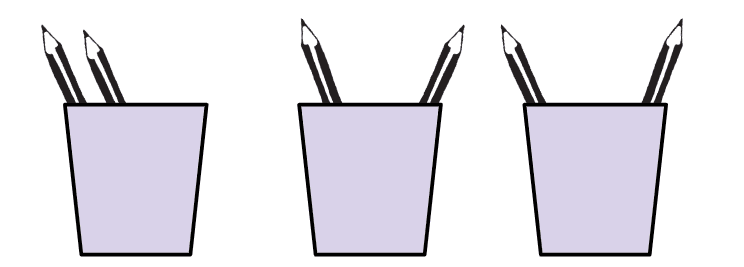Myths about teaching can hold you back
- Year 4
Explain how each part of a multiplication and division equation relates to a story
I can explain how each part of a multiplication and division equation relates to a story.
- Year 4
Explain how each part of a multiplication and division equation relates to a story
I can explain how each part of a multiplication and division equation relates to a story.
These resources were made for remote use during the pandemic, not classroom teaching.
Switch to our new teaching resources now - designed by teachers and leading subject experts, and tested in classrooms.
Lesson details
Key learning points
- A division equation has three parts - the dividend, the divisor and the quotient.
- For grouping, the divisor represents the size of each group. For sharing, the divisor represents the number of groups.
- Multiplication equations can be used to solve division problems.
Keywords
Dividend - The dividend is the number being divided.
Divisor - The divisor is a number that will divide exactly.
Quotient - The quotient is the results of the dividend being divided by the divisor.
Common misconception
The difference between grouping and sharing is a distinction that some may find tricky to grasp.
Remind children about the importance of understanding the different structures of division when interpreting a story. You could stress the difference, dividing the class into teams using grouping, then sharing.
To help you plan your year 4 maths lesson on: Explain how each part of a multiplication and division equation relates to a story, download all teaching resources for free and adapt to suit your pupils' needs...
To help you plan your year 4 maths lesson on: Explain how each part of a multiplication and division equation relates to a story, download all teaching resources for free and adapt to suit your pupils' needs.
The starter quiz will activate and check your pupils' prior knowledge, with versions available both with and without answers in PDF format.
We use learning cycles to break down learning into key concepts or ideas linked to the learning outcome. Each learning cycle features explanations with checks for understanding and practice tasks with feedback. All of this is found in our slide decks, ready for you to download and edit. The practice tasks are also available as printable worksheets and some lessons have additional materials with extra material you might need for teaching the lesson.
The assessment exit quiz will test your pupils' understanding of the key learning points.
Our video is a tool for planning, showing how other teachers might teach the lesson, offering helpful tips, modelled explanations and inspiration for your own delivery in the classroom. Plus, you can set it as homework or revision for pupils and keep their learning on track by sharing an online pupil version of this lesson.
Explore more key stage 2 maths lessons from the Understand and represent multiplicative structures unit, dive into the full primary maths curriculum, or learn more about lesson planning.

Licence
Prior knowledge starter quiz
6 Questions
Q1.What is the missing number in the equation below? 12 × = 24
Q2.What is the missing number in the equation below? 6 × = 18
Q3.What is the missing number in the equation below? 3 × = 36
Q4.Tick the two equations that show that multiplication is commutative.
Q5.There are 7 buckets of 10 tennis balls.
Match the object with group size or number of groups.
number of groups
group size
Q6.2 × 3 and 3 × 2 have products that are of equal value. Why is this?
Assessment exit quiz
6 Questions
Q1.What is the missing number in the equation below? × 7 = 28
Q2.Tick the sentences that describe a multiplication that is equal to 20
Q3.Which of these equations is the related division fact for the multiplication equation 8 × 2 = 16?
Q4.Look at the image. Which part of this division equation represents the number of pots (the number of groups)? 15 ÷ 5 = 3

Q5.Look at the image. Which division equation represents finding the number of pencils there are per pot?



